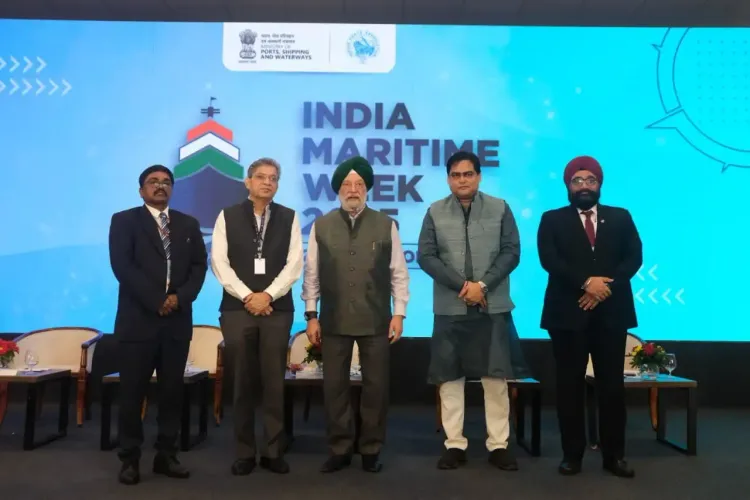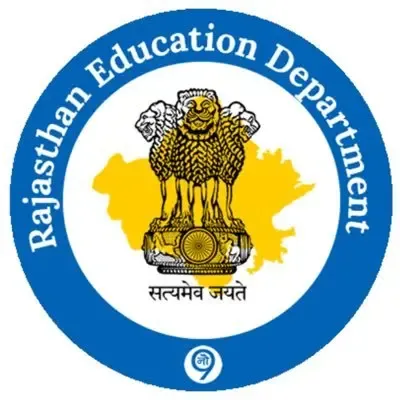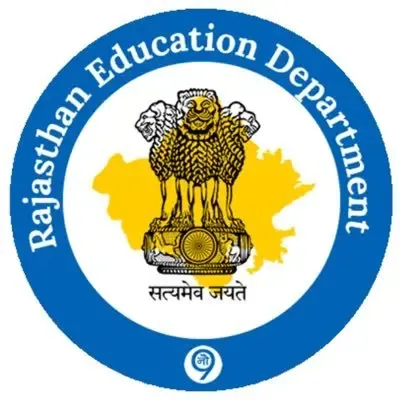How are India’s Energy and Maritime Sectors Driving Economic Growth?

Synopsis
Key Takeaways
- India's GDP is approximately $4.3 trillion.
- Energy sector demand is projected to rise significantly.
- Only 20% of trade cargo is carried by Indian-flagged vessels.
- The government is focusing on maritime development and shipbuilding.
- India views its oceans as pathways to prosperity.
Mumbai, Oct 29 (NationPress) The Minister of Petroleum and Natural Gas, Hardeep Singh Puri, stated on Wednesday that India's swift economic expansion is intricately linked to the advancement of its energy and shipping sectors, which collectively act as robust foundations for national development.
While speaking at the 'India Maritime Week 2025' conference, the minister highlighted that India's economy is on a rapid growth trajectory, with the GDP currently around $4.3 trillion. Almost half of this figure is derived from the external sector, encompassing exports, imports, and remittances, underscoring the critical role of trade—and consequently shipping—in India's economic success.
Regarding the energy landscape, Puri remarked that India currently consumes approximately 5.6 million barrels of crude oil daily, a rise from 5 million barrels four and a half years ago. At this growth rate, the nation is poised to reach 6 million barrels per day in the near future.
He noted that, according to the International Energy Agency (IEA), India is projected to contribute nearly 30 percent of the global surge in energy demand over the next two decades, an increase from the previously estimated 25 percent. This escalating energy requirement will inevitably heighten India's demand for vessels to transport oil, gas, and other energy commodities worldwide.
The minister disclosed that during the fiscal year 2024-25, India imported around 300 million metric tonnes of crude and petroleum products while exporting about 65 million metric tonnes. The oil and gas industry alone constitutes nearly 28 percent of India's total trade volume, marking it as the largest single commodity managed by ports.
Puri mentioned that India currently fulfills around 88 percent of its crude oil and 51 percent of its gas requirements through imports, emphasizing the significance of the shipping sector for the country's energy security.
He explained that freight costs significantly influence the total import expenditure, with oil marketing firms paying around $5 per barrel to transport crude from the United States and roughly $1.2 from the Middle East. Over the past five years, India's public sector oil companies like Indian Oil, BPCL, and HPCL have invested nearly $8 billion in chartering ships, a sum that could have financed a new fleet of Indian-flagged tankers.
Puri highlighted that only about 20 percent of India's trade cargo is transported on Indian-flagged or Indian-owned vessels, presenting both a challenge and an opportunity to enhance India's ship ownership and manufacturing capabilities.
The government is implementing measures such as aggregating PSU cargo demand to offer long-term charters to Indian carriers, advancing the Ship Owning and Leasing model, establishing a Maritime Development Fund for affordable vessel financing, and executing the Shipbuilding Financial Assistance Policy 2.0 with increased support for LNG, ethane, and product tankers.
Puri remarked that under the guidance of Prime Minister Narendra Modi, India's maritime sector has undergone significant transformations in the past 11 years. Port capacity has escalated from 872 million metric tonnes per annum in 2014 to 1,681 million metric tonnes today, while cargo volumes have surged from 581 million tonnes to approximately 855 million tonnes.
The minister concluded by stating that India views its oceans not as barriers but as avenues for growth and prosperity. The nation is modernizing its ports, increasing its fleet of ships, advocating for green shipping initiatives, and generating employment opportunities for its youth. India is prepared to collaborate with global partners to position the maritime sector as a pivotal driver for a developed and self-reliant Bharat.







